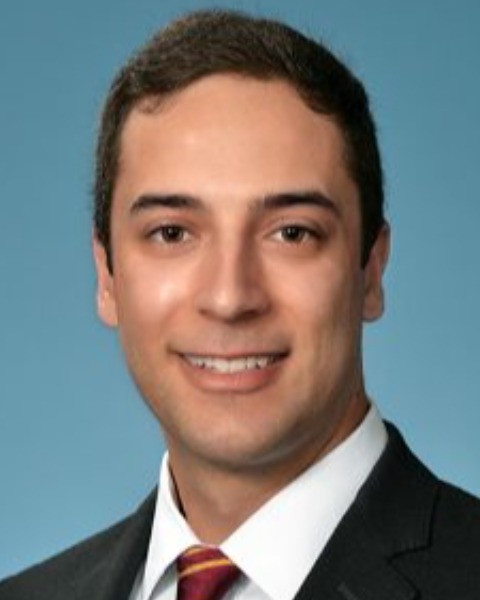Spine
Parametric Influence of Retractor Blade Mechanics and Geometry on Esophageal Stress and Deformation During Anterior Cervical Discectomy and Fusion

Alex Flores, MD
Resident
Baylor College of Medicine Neurosurgery
Houston, TX, US
Presenting Author(s)
Introduction: Anterior cervical discectomy and fusion (ACDF) surgeries are among the most common spinal procedures performed in the United States, with over 130,000 cases annually. Postoperative dysphagia, the most frequent complication of ACDF, and may result from irritation caused by surgical retraction hardware and/or prolonged esophageal compression. We evaluated the geometry and mechanics of surgical hardware to reduce excessive retraction strains that contribute to tissue damage.
Methods: Soft tissue retraction and biomechanics were modeled using the finite element method (FEM). Finite elasticity theory was applied to represent the esophagus as an incompressible, hyperelastic bilayer material. A comprehensive parametric study of retraction blade width and curvature, tissue elasticity, and positioning depth was conducted to identify optimal mechanical strategies for minimizing retraction-induced physiological strains and reducing esophageal damage.
Results: FEM results indicate that, under a 15 mm retraction displacement, increasing the blade width from 20 to 50 mm non-linearly reduces average esophageal stress by approximately 38%. Adding a 1 mm thick, soft, viscoelastic coating to the metallic blade surface further reduces esophageal stress by up to 51%. The oscillatory strain gradients in the esophageal wall highlight areas of maximum deformation at the contact interface with the surgical blade. They also indicate high stress concentrations when the blade's depth and positioning cause it to poke against the esophagus during retraction.
Conclusion : Our modeling suggests that a modified surgical blade design, which maximizes blade width relative to the surgical incision length and incorporates soft, viscoelastic, biocompatible coatings, can effectively reduce esophageal stress concentrations during ACDF. To prevent high stress concentrations, the surgical blade must maintain conformal contact with the soft tissue to avoid tissue protrusion and resulting increased stress.
Methods: Soft tissue retraction and biomechanics were modeled using the finite element method (FEM). Finite elasticity theory was applied to represent the esophagus as an incompressible, hyperelastic bilayer material. A comprehensive parametric study of retraction blade width and curvature, tissue elasticity, and positioning depth was conducted to identify optimal mechanical strategies for minimizing retraction-induced physiological strains and reducing esophageal damage.
Results: FEM results indicate that, under a 15 mm retraction displacement, increasing the blade width from 20 to 50 mm non-linearly reduces average esophageal stress by approximately 38%. Adding a 1 mm thick, soft, viscoelastic coating to the metallic blade surface further reduces esophageal stress by up to 51%. The oscillatory strain gradients in the esophageal wall highlight areas of maximum deformation at the contact interface with the surgical blade. They also indicate high stress concentrations when the blade's depth and positioning cause it to poke against the esophagus during retraction.
Conclusion : Our modeling suggests that a modified surgical blade design, which maximizes blade width relative to the surgical incision length and incorporates soft, viscoelastic, biocompatible coatings, can effectively reduce esophageal stress concentrations during ACDF. To prevent high stress concentrations, the surgical blade must maintain conformal contact with the soft tissue to avoid tissue protrusion and resulting increased stress.

.jpg)